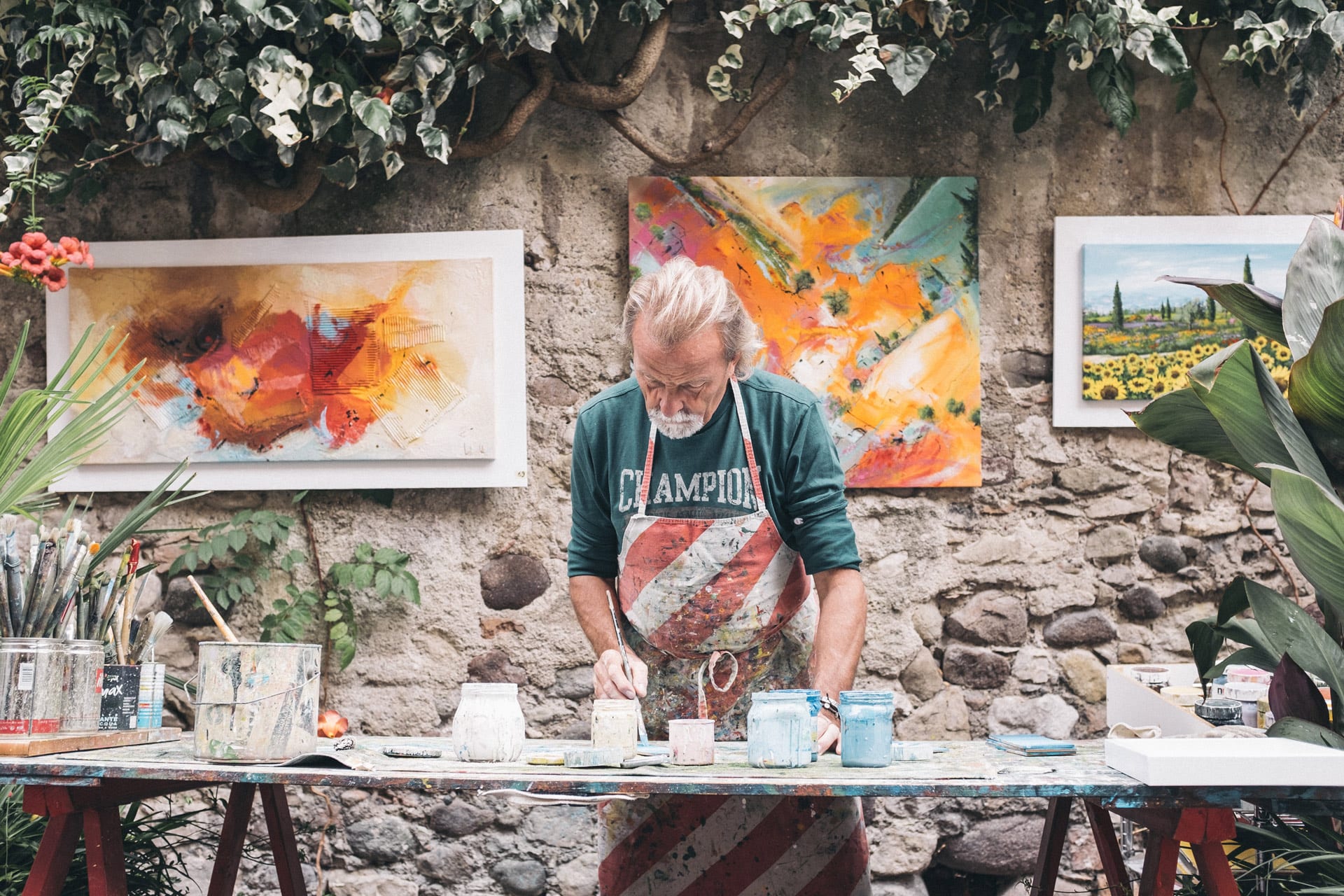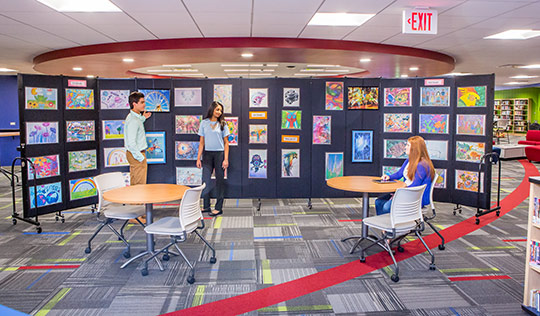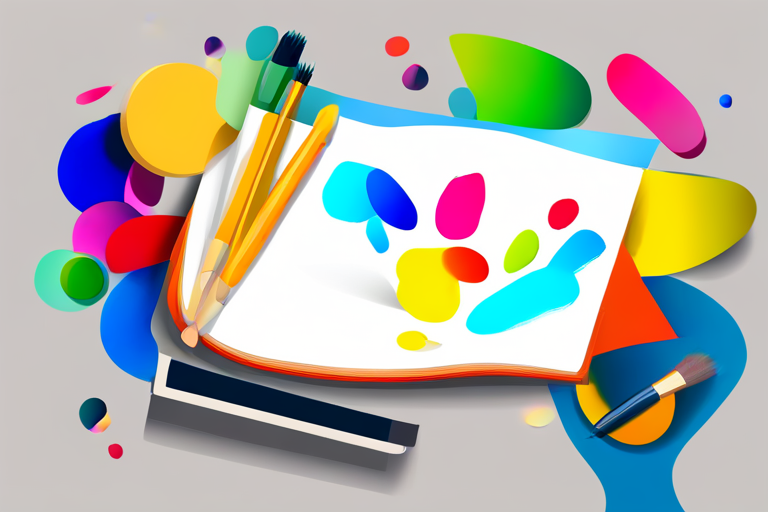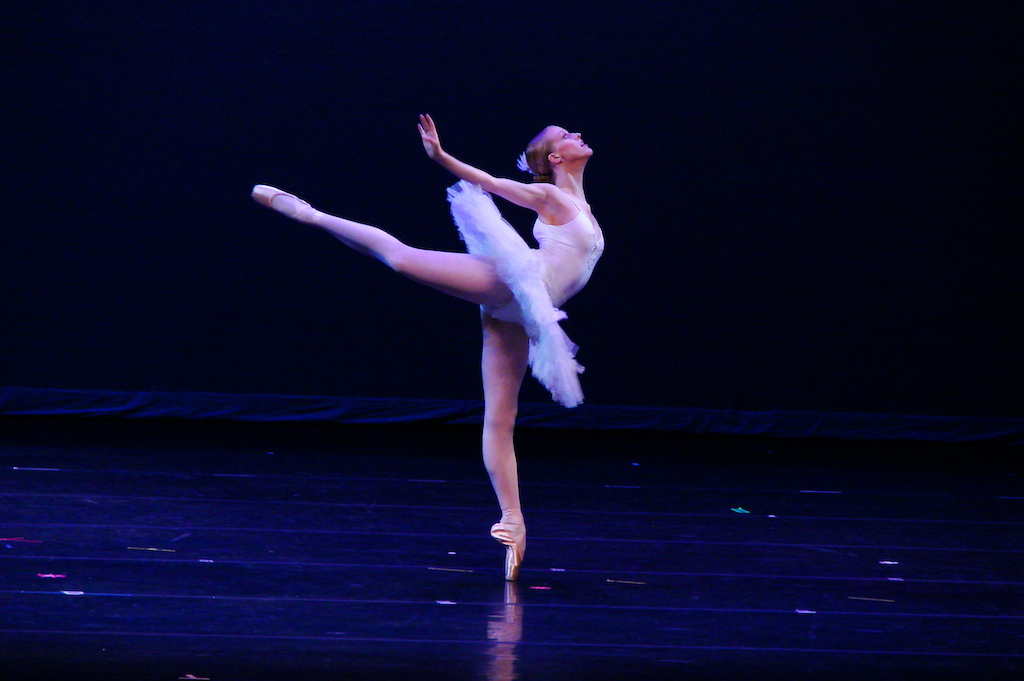Do you ever feel like you’re missing something in life? Have you ever felt like you needed an outlet to express yourself and release your emotions? Art therapy may be the answer. Art therapy is a type of psychotherapy that uses creative activities to express and resolve emotions, improve self-esteem, and enhance well-being.
As an art therapy practitioner, I have seen the power of art therapy firsthand. Art therapy can help people of all ages, from children to adults, to unlock hidden emotions and find healing. Whether you’re struggling with depression, anxiety, trauma, or another issue, art therapy can help.
So, what makes art therapy so powerful? Art therapy is a non-verbal form of expression, which allows you to express yourself without the fear of judgement. It helps you access your emotions in a safe and creative way. You can express yourself through drawing, painting, sculpting, or any other creative activity. This type of expression can provide insight into your feelings and help you resolve issues.
In addition, art therapy has many physical and mental health benefits. It can reduce stress and anxiety, improve self-esteem and self-awareness, help to process emotions, and promote relaxation. It can also help to improve problem-solving skills, communication skills, and creativity.
If you are interested in harnessing the power of art therapy, here are a few tips to get you started.
1. Find an art form that speaks to you: Art therapy is all about finding the right medium for you. It could be painting, drawing, sculpting, photography, or any other creative activity. Find something that feels right to you and explore it.
2. Start simple: You don’t have to be an artist to benefit from art therapy. Start with something simple and don’t be afraid to make mistakes. Allow yourself to explore and experiment.
3. Trust your instincts: Art therapy is about trusting yourself and exploring your emotions. Don’t be afraid to let go and express yourself in a safe and creative way.
4. Seek professional help: Art therapy is an incredibly powerful tool, but it is not a substitute for professional help. If you’re struggling with any mental health issues, I highly recommend seeking professional help from a psychologist or therapist.
Art therapy is a powerful tool for healing and personal growth. Through creative











